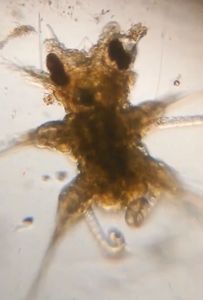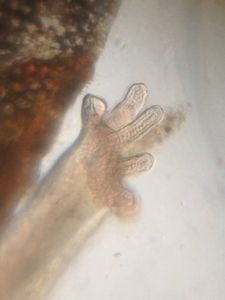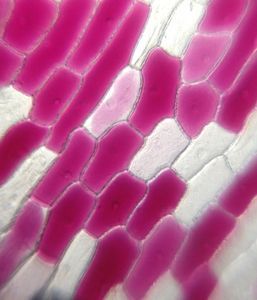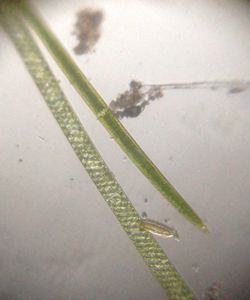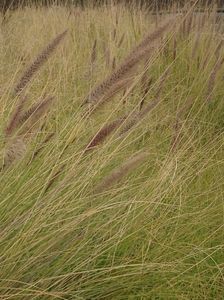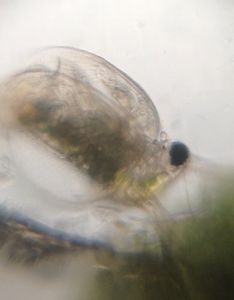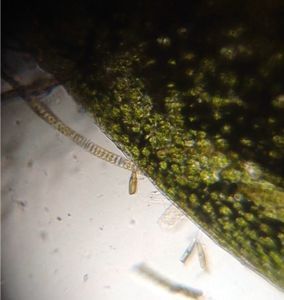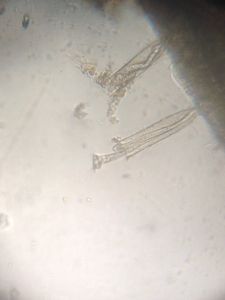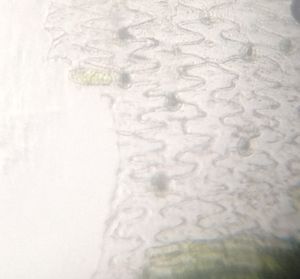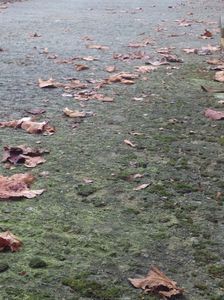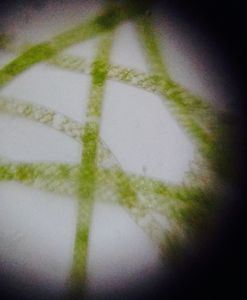Pollen grains as clues
 Aug 03, 2016 • 5:27 PM UTC
Aug 03, 2016 • 5:27 PM UTC Unknown Location
Unknown Location 140x Magnification
140x Magnification Microorganisms
Microorganisms
Cristina
Learn about the author...
19posts
52comments
1locations
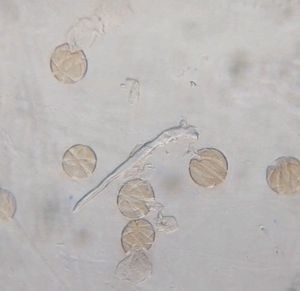
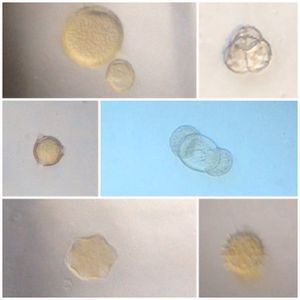
Every pollen image you can observe above corresponds to a different plant species. Some have been taken using foldscope low magnification lens, others by means of the high magnification one. What is obvious is that you do not need to wonder about looking for several specimens (which, on the other hand, can be a pleasure) if you decide to reproduce this activitity; simply use a very small drop of honey, place it on a slide and prepare for a pollen grain discovery expedition! That is what I have done and it has represented such an enjoyable task! Every new tiny drop carried new types of pollen grains, apart from those which are generally present, and, to my surprise, they can include some structures of the bee anatomy too!
All honey types can be divided into two general groups – polyfloral honeys and monofloral honeys. Polyfloral honey types are produced by honey bees using nectar from many different flower sources. Alternatively, honey bees produce monofloral honey types from the nectar of one flower species. My source was a monofloral honey, so, hypothetically, honey bees should have been collecting nectar exclusively from Rosmarinus officinalis species, as the label said “rosemary honey”. When a solely type of nectar is the only nectar source used in the production of honey, this honey is a true representation of the qualities of that species ‘ nectar. The color, texture, viscosity, sugar content, mineral content, vitamins, and anitoxidants are all unique to it.
Therefore, I wanted to find out if my honey was a true monofloral one, so I prepared some samples for their observation under the foldscope. To my surprise, I stumbled across a moderate variety of pollen morphology. You can watch the most abundant one in the next video.
All honey types can be divided into two general groups – polyfloral honeys and monofloral honeys. Polyfloral honey types are produced by honey bees using nectar from many different flower sources. Alternatively, honey bees produce monofloral honey types from the nectar of one flower species. My source was a monofloral honey, so, hypothetically, honey bees should have been collecting nectar exclusively from Rosmarinus officinalis species, as the label said “rosemary honey”. When a solely type of nectar is the only nectar source used in the production of honey, this honey is a true representation of the qualities of that species ‘ nectar. The color, texture, viscosity, sugar content, mineral content, vitamins, and anitoxidants are all unique to it.
Therefore, I wanted to find out if my honey was a true monofloral one, so I prepared some samples for their observation under the foldscope. To my surprise, I stumbled across a moderate variety of pollen morphology. You can watch the most abundant one in the next video.
Squeezing the slide a bit, I tried to spin the grains in order to observe their complete external features. Sometimes I succeded, others I failed, and the video resulted somehow dizzy. Sorry for that!
Secondly, I found more types of pollen grains, none of them abundant, just scarcely distributed in some of the samples. Watch next videos, please.
Secondly, I found more types of pollen grains, none of them abundant, just scarcely distributed in some of the samples. Watch next videos, please.
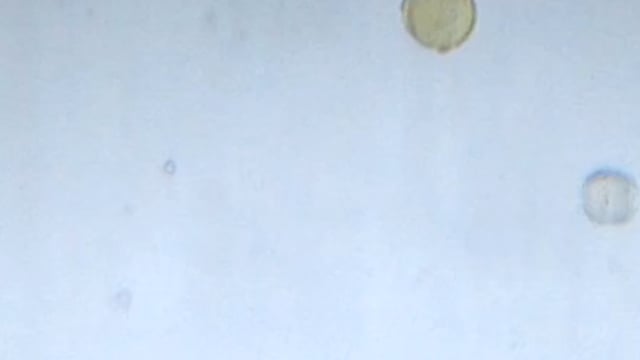
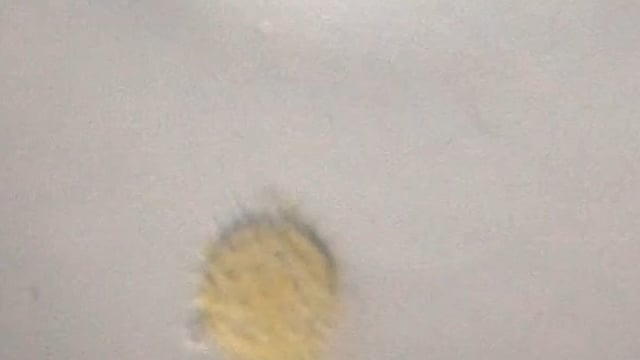
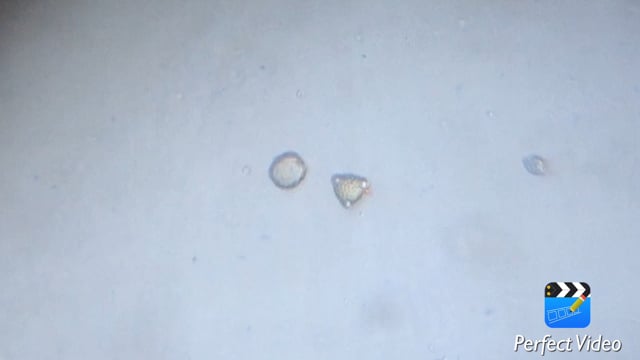
I know where rosemary grows in my neighbourhood, so I decided to pick up several flowers to check its pollen.
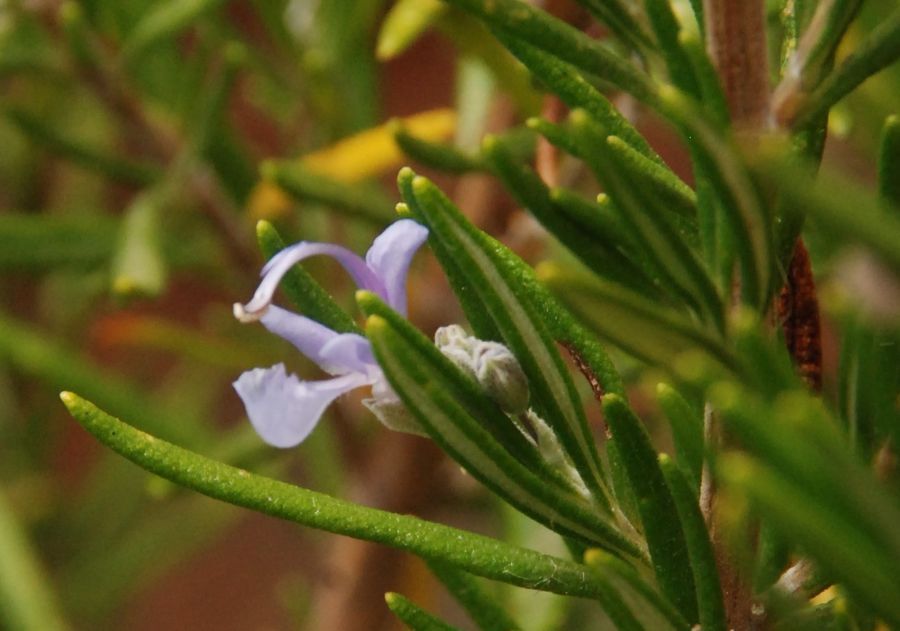
Take a quick look:
So, what do you think? Fresh pollen looks great in this video! It exhibits an hexacolpate/hexacolporate morphology (six long apertures going from pole to pole), and ressemble the most abundant pollen grains in this honey (video I).
I know there is a method (Erdtman method) to prepare pollen for its best observation. I practiced it many years ago. It destroys the “insides”of the grains and its inner wall, the intine, but preserves the outer one (exine) which displays the most important characteristics for identification. But this is a different story.
So, is this a monofloral or a multifloral honey? Wikipedia states ” monofloral honey is a type of honey which has a distinctive flavor or other attribute due to its being predominantly from the nectar of one plant species”. In order to find an answer, I am afraid we need further analysis. Anyway, this finding has been pure fun! I encourage you to open your exquisite honey glass jar and spend a lovely summer afternoon!
Bonus: bee’s “hairs” found in rosemary honey.
I know there is a method (Erdtman method) to prepare pollen for its best observation. I practiced it many years ago. It destroys the “insides”of the grains and its inner wall, the intine, but preserves the outer one (exine) which displays the most important characteristics for identification. But this is a different story.
So, is this a monofloral or a multifloral honey? Wikipedia states ” monofloral honey is a type of honey which has a distinctive flavor or other attribute due to its being predominantly from the nectar of one plant species”. In order to find an answer, I am afraid we need further analysis. Anyway, this finding has been pure fun! I encourage you to open your exquisite honey glass jar and spend a lovely summer afternoon!
Bonus: bee’s “hairs” found in rosemary honey.
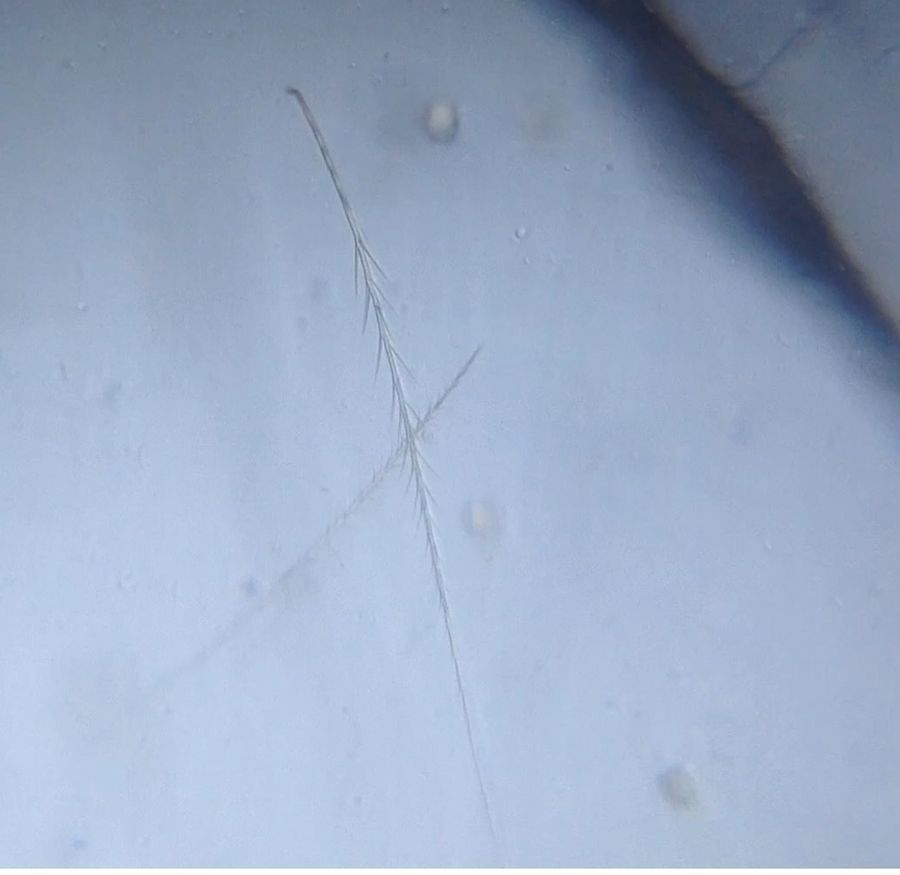
Thanks for reading!
Cristina Bosch
Cristina Bosch
Sign in to commentNobody has commented yet... Share your thoughts with the author and start the discussion!

 0 Applause
0 Applause 0 Comments
0 Comments

